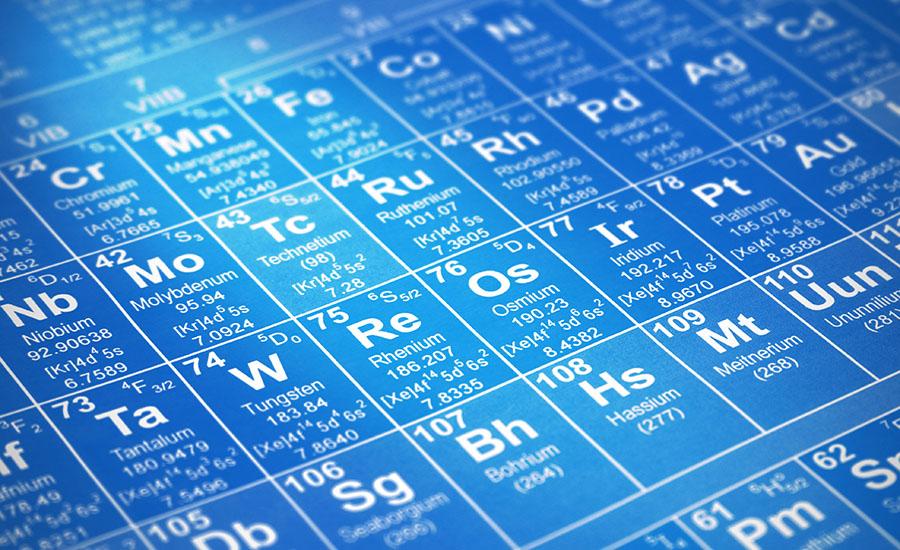
Electrons and Light Part 2
After learning about emission spectra, electron energy levels, orbitals and configurations, and periodic trends for atomic radius and ionization energy; this is concluding activity that require students to create a model to connect all these ideas in response to a prompt about emission spectra. They must construct an argument and back up their claim with evidence.
Lesson Plan Link/URL
https://docs.google.com/presentation/d/1eY-h5h0kzq7DnjIqC1rie1flv60rRKJ_/edit?u…Related Content

This lesson uses a PhET Simulation to allow students to collect data on the orbits of planets around our Sun, then summarize and share their results. It is designed for students in Grades 9-12.

In this lesson plan, students will be able to build a simple electric motor and study how simple changes affect the motor's rotation. They will learn how energy comes in many forms, and how electric

In this lesson, students will extract chlorophyll from spinach leaves and make different concentrations following the dilution method. Students will learn to compare the absorbance values obtained at